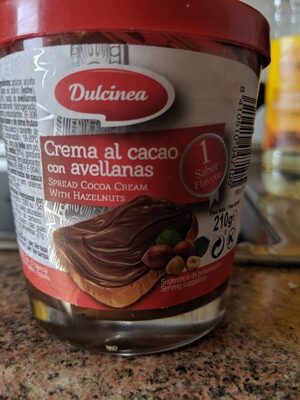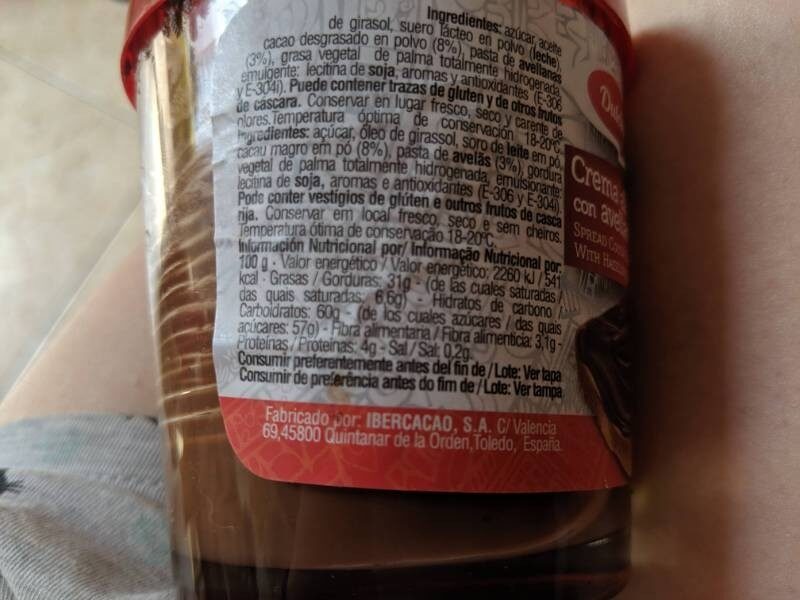Crema al cacao con avellanas - Dulcinea
Aquesta pàgina del producte no està completa. Podeu ajudar a completar-la editant-la i afegint-hi més dades a partir de les fotos ja disponibles, o fent-ne més amb l'aplicació de androide o iPhone / iPad. Gràcies!
×
Codi de barres: 8410510047105 (EAN / EAN-13)
Marques: Dulcinea
Països on es va vendre: Espanya
Matching with your preferences
Entorn
Empaquetament
Transport
Espècies amenaçades
Report a problem
Fonts de dades
Producte afegit per elcoco
Última modificació de la pàgina del producte per acuario.
La pàgina del producte, també editada per elcoco.498e79d8c9ef7cf4c90a2bf7e83236e4, kiliweb, lolich, openfoodfacts-contributors, yuka.SGFFRkViazVwTjh2bmRzL3h4ai8yTkIxMTUrdldseXFMT01RSVE9PQ.
Si les dades són incorrectes o incompletes, pot completar o corregir editant aquesta pàgina.








